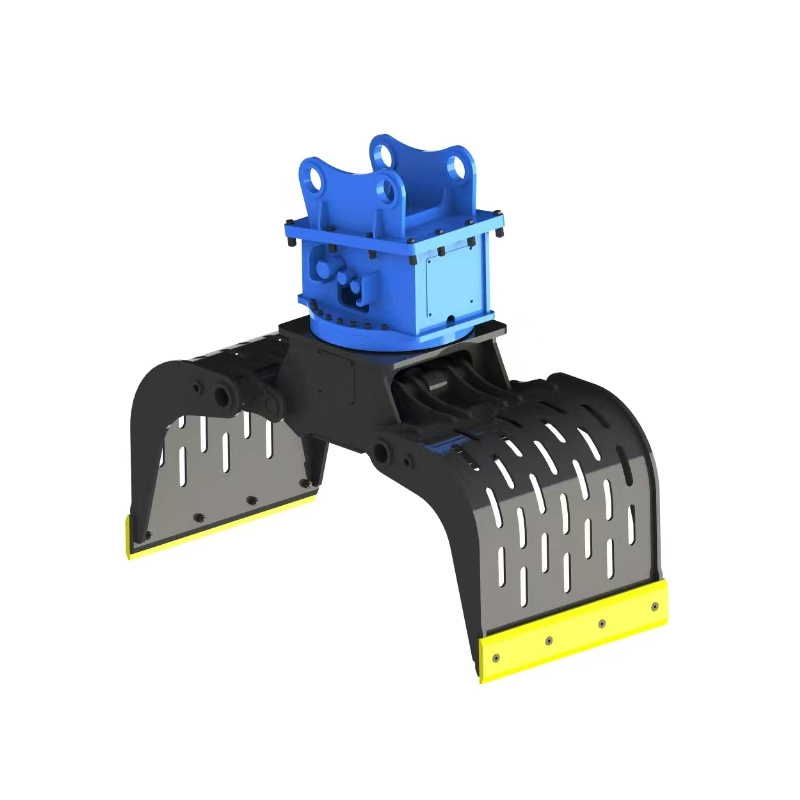The Essential Guide to Demolition Grapple Factories: Understanding Their Role in the Construction Industry
Demolition grapples are vital tools in the construction and demolition industry, designed to aid in the efficient dismantling of structures and the removal of debris. As a specialized piece of equipment, the manufacturing of demolition grapples involves advanced engineering and expertise. In this article, we will delve into the intricacies of a demolition grapple factory, highlighting the production process, applications, and reasons why these grapples are essential in modern construction.
A demolition grapple is a type of attachment that can be fitted onto excavators or cranes, designed specifically for gripping, lifting, and moving heavy materials, debris, and other structural components during demolition operations. In demolition grapple factories, the manufacturing process typically involves several stages, including design, material selection, fabrication, and testing. Engineers and designers work collaboratively to create grapples that not only meet safety standards but also ensure reliability and durability in the field.
One of the primary materials used in the production of demolition grapples is high-strength steel, which lends itself to the structural integrity required for heavy lifting. The manufacturing process may also include the use of advanced welding techniques and robotic automation to improve precision and efficiency. Once the grapples are produced, they undergo rigorous quality control tests to ensure they can withstand the extreme forces encountered during demolition tasks.
The versatility of demolition grapples makes them an invaluable asset in various construction scenarios. They are commonly used to dismantle buildings, clear debris from construction sites, and even assist in recycling efforts by sorting materials for reuse. Their ability to handle awkwardly shaped objects and heavy loads helps improve safety and efficiency on job sites, making them a preferred choice among construction professionals.
Moreover, the role of demolition grapples extends beyond mere physical capabilities. Their design and functionality have evolved to include features such as rotating capabilities, which allow for better maneuverability and precision in handling materials. This evolution is a testament to the ongoing innovation within demolition grapple factories, as manufacturers strive to improve performance and meet the ever-changing demands of the construction industry.
In conclusion, understanding the role of demolition grapples and their manufacturing process illuminates their importance in the construction landscape. As demolition grapple factories continue to innovate and enhance their products, these tools remain crucial for efficient, safe, and sustainable demolition practices. Whether you are a contractor, engineer, or industry enthusiast, recognizing the significance of demolition grapples will deepen your appreciation for the machinery that plays such a critical role in shaping our built environment.
A demolition grapple is a type of attachment that can be fitted onto excavators or cranes, designed specifically for gripping, lifting, and moving heavy materials, debris, and other structural components during demolition operations. In demolition grapple factories, the manufacturing process typically involves several stages, including design, material selection, fabrication, and testing. Engineers and designers work collaboratively to create grapples that not only meet safety standards but also ensure reliability and durability in the field.
One of the primary materials used in the production of demolition grapples is high-strength steel, which lends itself to the structural integrity required for heavy lifting. The manufacturing process may also include the use of advanced welding techniques and robotic automation to improve precision and efficiency. Once the grapples are produced, they undergo rigorous quality control tests to ensure they can withstand the extreme forces encountered during demolition tasks.
The versatility of demolition grapples makes them an invaluable asset in various construction scenarios. They are commonly used to dismantle buildings, clear debris from construction sites, and even assist in recycling efforts by sorting materials for reuse. Their ability to handle awkwardly shaped objects and heavy loads helps improve safety and efficiency on job sites, making them a preferred choice among construction professionals.
Moreover, the role of demolition grapples extends beyond mere physical capabilities. Their design and functionality have evolved to include features such as rotating capabilities, which allow for better maneuverability and precision in handling materials. This evolution is a testament to the ongoing innovation within demolition grapple factories, as manufacturers strive to improve performance and meet the ever-changing demands of the construction industry.
In conclusion, understanding the role of demolition grapples and their manufacturing process illuminates their importance in the construction landscape. As demolition grapple factories continue to innovate and enhance their products, these tools remain crucial for efficient, safe, and sustainable demolition practices. Whether you are a contractor, engineer, or industry enthusiast, recognizing the significance of demolition grapples will deepen your appreciation for the machinery that plays such a critical role in shaping our built environment.
Related News
